Looking for chickens that are easy to identify and consistently produce plenty of eggs? Sex link chickens might be exactly what you’re searching for. These special hybrid chickens offer some wonderful advantages for backyard flocks, especially when it comes to egg production and early gender identification.
What Are Sex Link Chickens?
Sex link chickens aren’t actually a breed – they’re hybrid chickens created by crossing specific chicken breeds in a way that makes it possible to tell males and females apart as soon as they hatch. This genetic advantage means there’s no waiting and wondering about whether you’ve got pullets or cockerels in your flock.
The term “sex link” refers to how the chicks’ gender links to their color. When particular breeds are crossed, the male and female chicks display different colored feathers from day one. This color difference occurs because certain color genes are carried on the sex chromosomes, creating predictable patterns in the offspring.
Common Sex Link Varieties
Several different sex link varieties have been developed over the years, each with their own characteristics and color patterns. Here are some of the most popular types you’ll encounter:
Black Sex Links = Black Star = Black Rock
Also known as Black Stars or Black Rock chickens, these birds come from crossing a Rhode Island Red or New Hampshire rooster with a Barred Plymouth Rock hen. Female chicks emerge completely black, while males have a distinctive white spot on their heads.
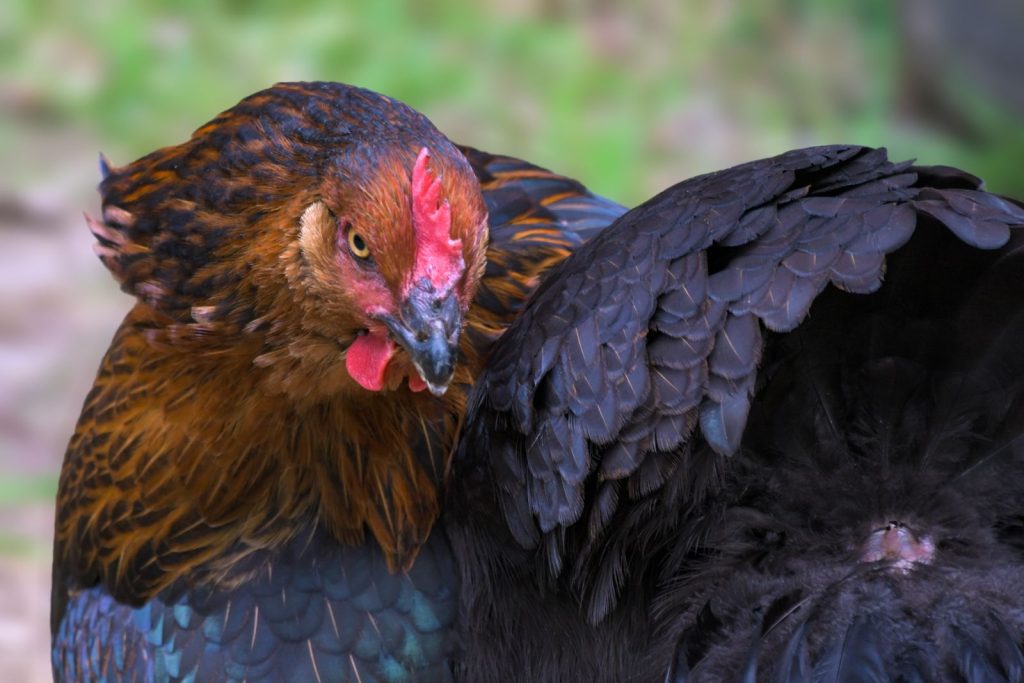
Red Sex Links = Red Star = ISA Brown
Sometimes called Red Stars or ISA Browns, these chickens typically result from crossing a Rhode Island Red or New Hampshire rooster with a White Plymouth Rock hen. The females hatch with reddish-brown feathers, while males are lighter in color, often appearing white or pale yellow.
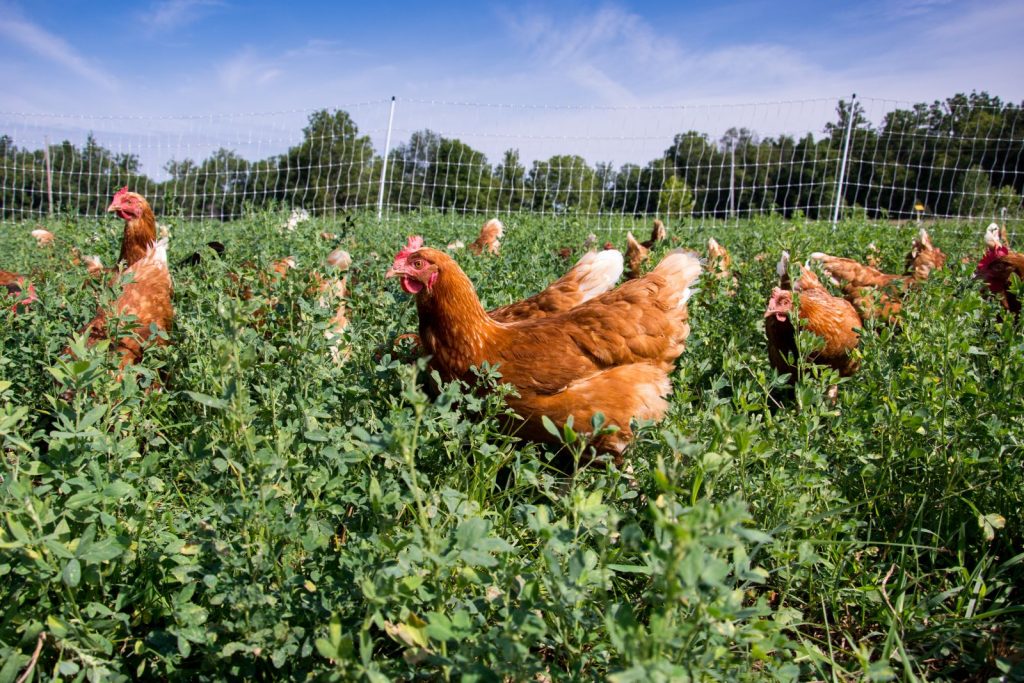
Gold Sex Links: Golden Comet and Cinnamon Queen
Created by crossing gold-colored roosters with silver-colored hens, these chickens produce female chicks that are golden or reddish, while males are lighter colored or white. Golden Comets, one of the most popular gold sex links, come from crossing a White Rock hen with a New Hampshire Red rooster. Cinnamon Queens are similar, resulting from a Rhode Island Red rooster crossed with a Silver Laced Wyandotte hen.
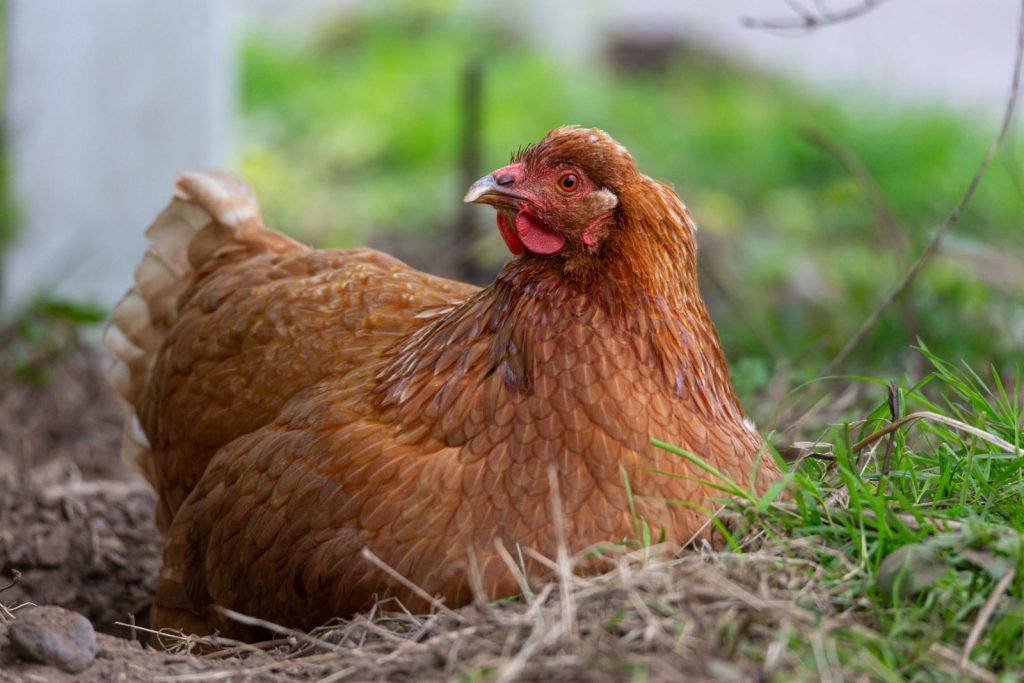
Related But Different: Auto-Sexing Breeds
While discussing sex links, it’s worth mentioning auto-sexing breeds like Legbars, Rhodebars, and Welbars. Though these breeds also allow for gender identification at hatch, they’re different from sex links.
Auto-sexing breeds are true breeds that have been selectively bred over many generations to maintain the ability to identify chick gender at hatch within the same breed. Unlike sex links, which require crossing two different breeds each time, auto-sexing breeds can pass their gender-identifying traits to the next generation when bred together.
These auto-sexing breeds were developed by poultry geneticists in Britain during the early 1900s, combining barring genes with specific color patterns through careful breeding programs. While they offer similar convenience in chick identification, they’re a separate category from the hybrid sex links we’ve been discussing.
Benefits of Raising Sex Link Chickens
Sex link chickens offer several advantages that make them particularly suitable for backyard flocks:
Early Gender Identification
The ability to determine gender at hatching eliminates the uncertainty that comes with straight-run chicks. This feature proves especially valuable when local regulations restrict keeping roosters or when planning a laying flock.
Excellent Egg Production
Sex links typically begin laying earlier than pure breeds, often starting around 16-18 weeks of age. These productive birds can lay 250-300 eggs annually during their first year, making them reliable producers for your breakfast table.
Friendly Temperament
Most sex link varieties inherit the calm, docile nature of their parent breeds. They adapt well to backyard settings and generally maintain good relationships with their flock mates. This gentle disposition makes them excellent choices for first-time chicken keepers.
Hardy Constitution
The hybrid vigor these chickens inherit from their parent breeds often results in better disease resistance and adaptability to various weather conditions. They tend to be robust birds that maintain good health with proper care.
Why You Can’t Create Purebred Sex Links
The genetic magic that makes sex link chickens so special also means they can’t be considered a true breed. To understand why, it helps to look at how sex linking works.
Sex linking relies on specific color genes that are carried differently by male and female chickens. For the color-based gender identification to work, you need parent birds that carry exactly the right combination of these genes. This only happens when you cross two different breeds with the right genetic makeup.
When sex link chickens mate, their offspring inherit a mixed bag of genes that don’t follow the same predictable patterns. The special combination that allowed for color-based gender identification gets scrambled in the next generation. While these offspring can still make wonderful chickens, they won’t have the distinguishing characteristics that make sex links so convenient for chicken keepers.
This is why hatcheries and breeders must maintain separate flocks of the parent breeds to produce new sex link chicks. Each new generation of sex links requires going back to those original parent breeds and making the same crosses that worked before.
Considerations Before Choosing Sex Links
While sex link chickens offer many benefits, there are some factors to consider before adding them to your flock:
One-Generation Benefits
The special color patterns that make sex linking possible only work in the first generation. If you breed sex link chickens, their offspring won’t have the same predictable gender-color connections, and the excellent laying qualities might not pass down.
Shorter Productive Lifespan
Due to their intensive breeding for egg production, sex links typically have shorter productive lives than heritage breeds. While they lay prolifically in their first two years, production often declines more rapidly afterward compared to pure breeds.
Limited Color Variety
Since the color genetics must work in specific ways to allow gender identification, sex links come in fewer color patterns than pure breeds. If you’re looking for specific colors or patterns in your flock, you might find the options somewhat limited.
Caring for Sex Link Chickens
Sex links thrive with the same good care any chicken needs, though their high egg production means paying special attention to nutrition.
These productive layers require high-quality layer feed with adequate protein and calcium to support their impressive egg production. Supplement with oyster shell, and ensure fresh water remains available at all times.
Watch for signs of reproductive issues like egg binding or prolapse, which can occur more frequently in heavy layers. Regular health checks and maintaining clean living conditions help prevent problems before they start.
Making Your Decision
Sex link chickens make excellent choices for backyard flocks, particularly when egg production is a priority. Their ability to lay consistently, combined with easy gender identification and friendly personalities, creates an appealing package for many chicken keepers.
If you’re primarily interested in egg production and don’t plan to breed your own chickens (or don’t mind if the progeny doesn’t maintain the high standards set by their parents), these hybrids can be an excellent choice. Their predictable nature and reliable laying habits make them particularly suitable for those focusing on collecting fresh eggs for the kitchen table.



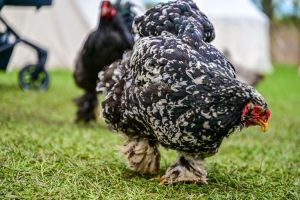
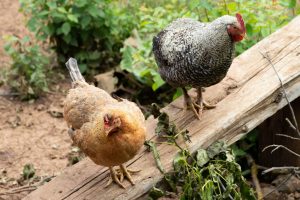
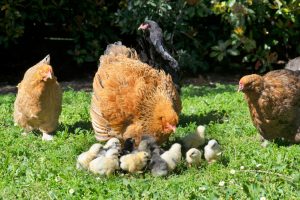
0 Comments